The House Along the Allemaengel Road, Part 1
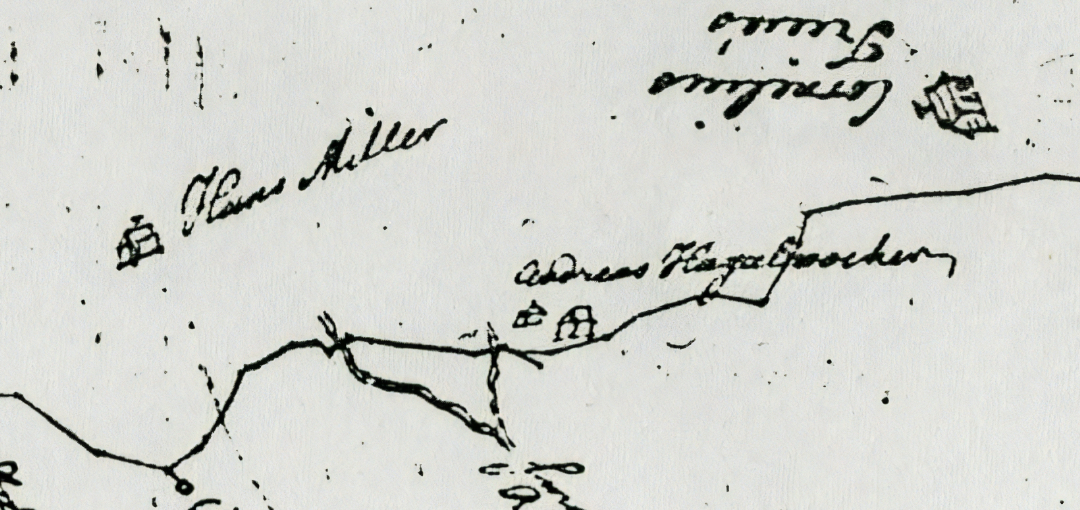
On March 25, 1738, Andreas Hagenbuch (b. 1715) received a warrant for 200 acres of land in a corner of what is today Albany Township, Berks County, Pennsylvania. This place was the at edge of the frontier and Europeans were just beginning to settle it. The area, nestled in the foothills of the Blue Mountains, would eventually be known as the Allemaengel.
There are several theories about the origins of the word, Allemaengel. However, most sources suggest that it refers to the difficulty in farming land in the region, perhaps due to hills or rocks. Andreas Hagenbuch, his wife Maria Magdalena (Schmutz), and their infant son, Henry (b. 1737) traveled from Philadelphia, PA to their new property in the Allemaengel. As explored in a previous piece, the exact route they traveled is unknown, but it can be surmised from other contemporary accounts.
Then, earlier this year I received a message from Bruce Kistler, whose ancestors also settled in the Allemaengel. Bruce suggested that I check out his website about Kistler family history. I visited the site and started reading through what he had compiled, including details about the roads leading to the Allemaengel. To illustrate, Bruce provided a wonderful collection of maps—some he had created and others pulled from original sources.
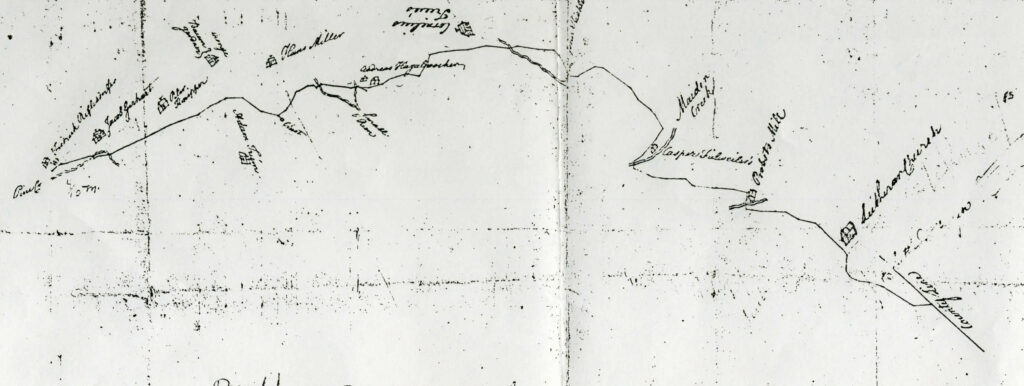
Survey from 1754 showing a portion of the Allemaengel Road from Frederick Reichelderfer’s (left) to the Jerusalem Red Church (right) with Andreas Hagenbuch’s homestead depicted (left of center). Credit: Bruce Kistler
One map stood out from the rest. It was a photocopy of a 1754 survey of the Philadelphia Pike,which was alternatively known as the Allemaengel Road. I downloaded the map image and zoomed in for a closer look. Not only did it show the path of the road, it also recorded key watercourses and nearby landowners. Most of the names were familiar: Frederick Reichelderfer, Jacob Gerhart, Adam Drum, Cornelius Dries, and John Kistler. Yet, one really caught my eye. Right beside the Allemaengel Road was drawn the home of “Andreas Hagaboocher.” Certainly, this was our ancestor, Andreas Hagenbuch. What a find!
The Allemaengel Road likely existed as a trail or narrow cartway when Andreas Hagenbuch arrived on his 200 acre property in 1738. Conveniently, it passed directly through his parcel. Over the next decade the route became the main thoroughfare to the northernmost reaches of Berks County. Unfortunately, an increasing number of settlers and traffic damaged the roadway until travel upon it became difficult.
Finally, on May 8, 1753 several residents of the Allemaengel petitioned the county to address the problem:
At the court of general quarter sessions of the peace and jail delivery held at Reading in and for the County of Berks the eighth day of May in the year of our Lord one thousand seven hundred and fifty three before Conrad Wiser and his associate justices.
Upon the petition of divers inhabitants of Allemaengel in the County of Berks setting forth that they have for some years traveled with wagons on a road leading from a certain Lutheran Church [Jerusalem Red Church] near Martin Brobst’s Mill toward Philadelphia which is of late so much out of repair and so stopped by persons living near it, fencing across same, that it is become almost impassible for carriage; and therefore, praying that the court would be pleased to appoint persons to view, and if they see cause to lay out a road beginning at the said Church and thence to extend to the nearest and best way to a road already laid out and recorded near Sebastian Zimmerman’s.
The court do order and hereby appoint Sebastian Zimmerman, Daniel Levan, George Mercle, Peter Mercle, Henry Ritter, and Valentine Brobst to view the said place where the said road is requested. And if they or any four of them are satisfied that there is occasion for a road or cartway to be laid out according to the desire of the petitioners, then they shall lay out the same in and through such convenient places as they shall think may be least to the damages and inconvenience of the neighbors or parties concerned, and least injurious to the settlements thereabouts, and shall make return thereof annexed to this copy or the order of the court to the general quarter sessions to be held at Reading for the County of Berks next after it is laid out; reporting also to this court whether the same road be by them laid out for public or private use.
The above proceeding describes the need to improve the first section of the Allemaengel Road, which ran southeast 6.8 miles from the Jerusalem Red Church in Albany Township to Sebastian Zimmerman’s property in Maxatawny Township. From here, travelers could pick up roads that continued west to Reading, east to Easton, or south to Philadelphia. In addition, the 1753 record makes it clear that concerns extended beyond the road’s state of disrepair. Some nearby landowners were encroaching upon the cartway and blocking it with fences!
After the first petition to Berks County, another was filed a short time later asking to improve a second section of the Allemaengel Road. This route started at Frederick Reichelderfer’s house near Eckville in Albany Township and ran east 7.8 miles to the Jerusalem Red Church, where it joined the first section of the route.
The second section of the Allemaengel Road is shown in the survey featured on Bruce Kistler’s site and is the more relevant to our family’s story. The document places the home of Andreas Hagenbuch halfway between Frederick Reichelderfer’s and the Jerusalem Red Church. Two buildings are depicted on the Hagenbuch’s property. One is larger and closer to the road, while the other is smaller and nearer to a creek.
However, this is not the location of the 200 acres of land that Andreas settled on in early 1738. From previous research, it is known that the Hagenbuchs abandoned this site after a few years and moved a half of a mile west. On November 4, 1741 Andreas received a new land warrant for 150.5 acres. Here he established what would become the Hagenbuch Homestead.
The 1754 survey of the second section of the Allemaengel Road supports the above timeline of events. On the map, Andreas Hagenbuch’s home is located within the bounds of the 150.5 acre parcel he was warranted in 1741. Moreover, the home of Cornelius Tries (Dries) is noted within the 200 acre warrant the Hagenbuchs had earlier lived upon.
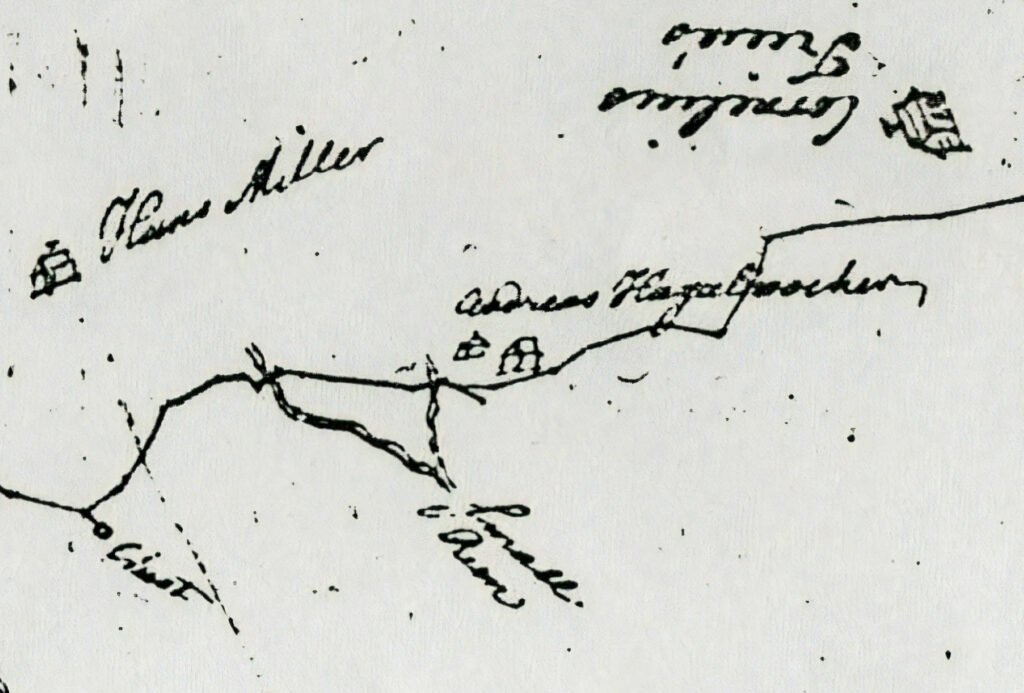
On the 1754 survey, Andreas Hagenbuch’s homestead is shown near where the Allemaengel Road crosses a “Small Run.” The home of Cornelius Dries is shown to the northeast and Hans Miller to the northwest.
Even with these findings in hand, I wanted to learn more. Yes, the documents describing the Allemaengel Road supported much of what we already knew about the Hagenbuch Homestead. But they also provided new and valuable insights into the exact location of Andreas’ home. As is so often the case, more research was going to be needed!
Future articles in this series will document the search for additional information about the Allemaengel Road and evaluate its impact on what is known about the Hagenbuch Homestead.

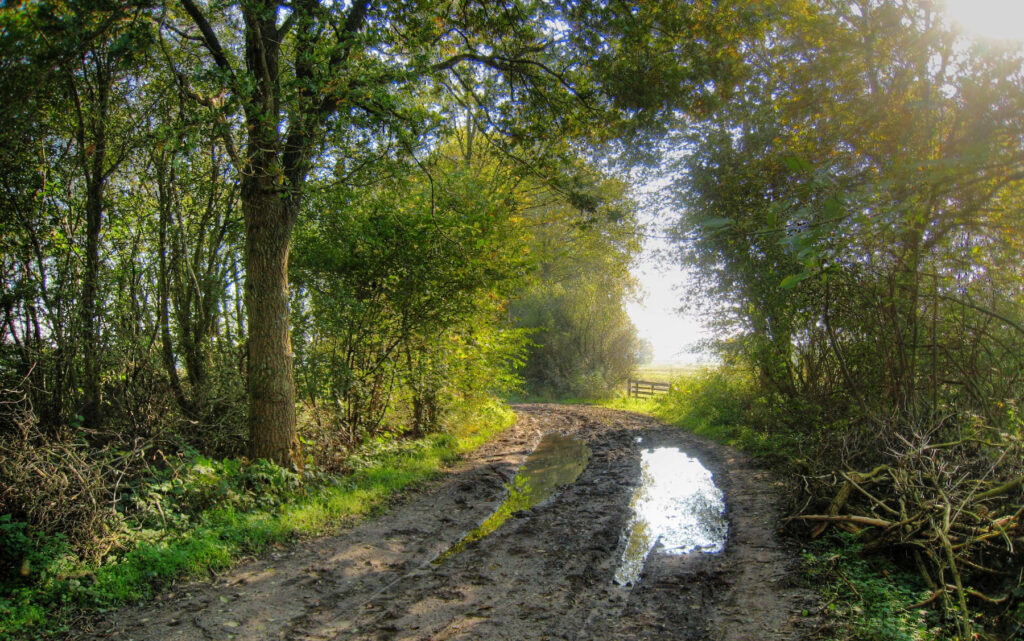
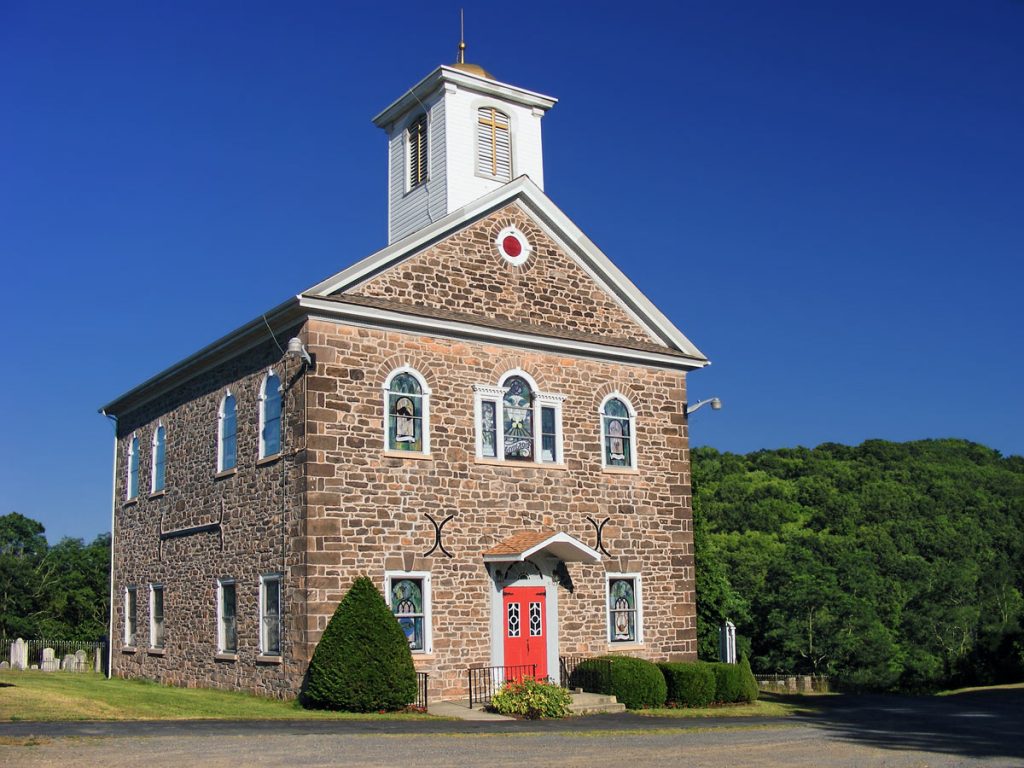
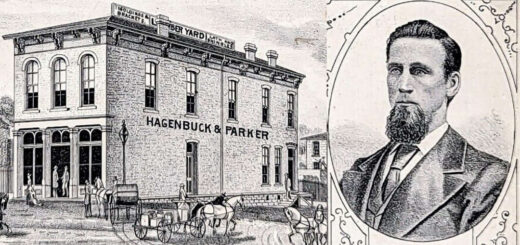
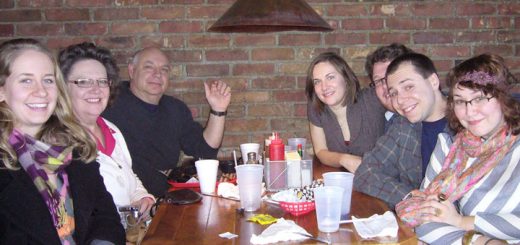
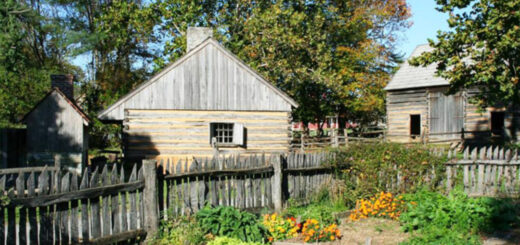














I really appreciate this research. It is awesome to find hints about our ancestors. Glad you reached out to Bruce Kistler and discovered this road survey. I learned about the first, temporary Hagenbuch residence that I had not previously known. I lived in Berks County for three years and used to go up to the homestead area hoping to get a glimpse of the family cemetery. I am a descendant of Andreas via the son Christian & wife Susanna Dreisbach. (I am a 1974 graduate of Warrior Run High School).
Hi Frank. Glad you enjoyed it and good to hear from you! I can’t remember if you provided your line to us before, tracing it back to Andreas (b. 1715) through Christian (b. 1747). Also, if you are around, we are having our reunion this year—at Hidlay. It would be great to meet you! https://www.hagenbuch.org/join-us-hagenbuch-reunion-june-15-2024-info-rsvp/
Great article Andrew. I’m glad the map led you to a Hagenbuch discovery. Thanks for the citations.
Thanks, Bruce! Hope your trip went well, and we are grateful that you preserved a copy of this map 🙂
I had seen the petition for this portion of the Allemaengel Road previously but I did not realize until now that one of the examiners was Daniel Levan whose dwelling was the northern terminus of the road over the Oley Hills from Upper Hanover.
A bit of wry humor in the road name! Maengel (plural) are defects, shortcomings, so the AlleMaengel name implies a textbook example of what a road should NOT be, all potholes, steep slopes with slippery footing, water hazards, sharp turns, rocks etc.
Hello,
This is Dave Laidacker from Danville PA. I have spent years researching the Laidacker (Leyendecker) family and other families in Albany Township and surrounding townships in Berks County, PA. I used the road books at the courthouse in Reading, PA. One very good source is stored at the Berks County Genealogical Society in Reading. They have over a thousand surveys from every township in which many are for Albany Township. Years ago, when the society received these surveys, we organized them by township to make them easier to research and many of these surveys are from the 1700’s. I am especially familiar with Albany Township since my Laidacker (Leyendeckers) lived in Albany Township next to the Jerusalem Church, Freidens Church and Stony Run. If anyone is interested, I also wrote a book about early Gunmakers from Albany Township and Greenwich Townships, titled ” Northern Berks County Pennsylvania Gunmakers”. If interested call 570-220-9523.
Good family information. My Billman ancestors attended the Jerusalem Red Church. I’m also connected to Kistler, Brobst, Stump. Hans David Billman (Beilman) settled in Albany in 1738.